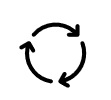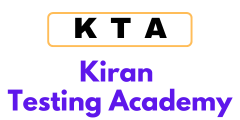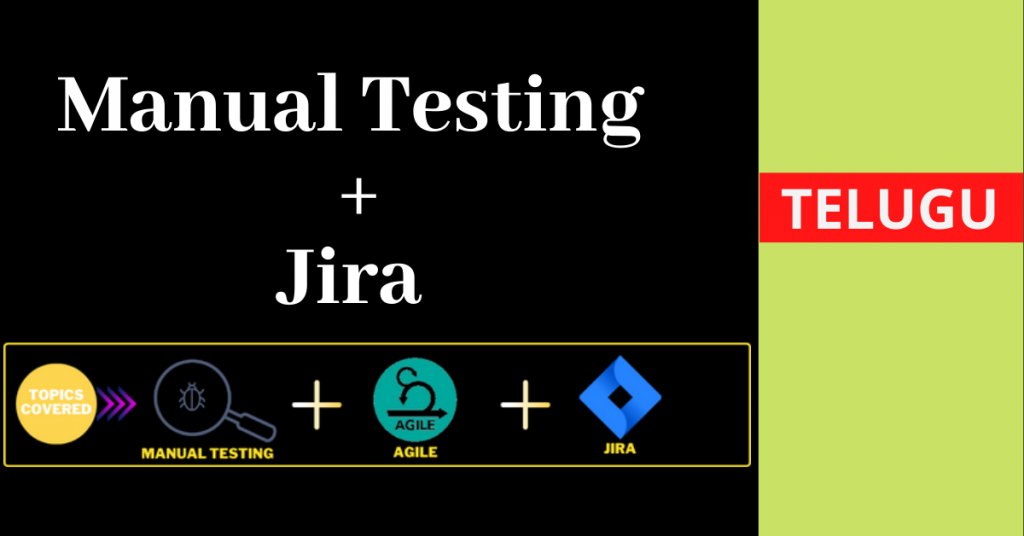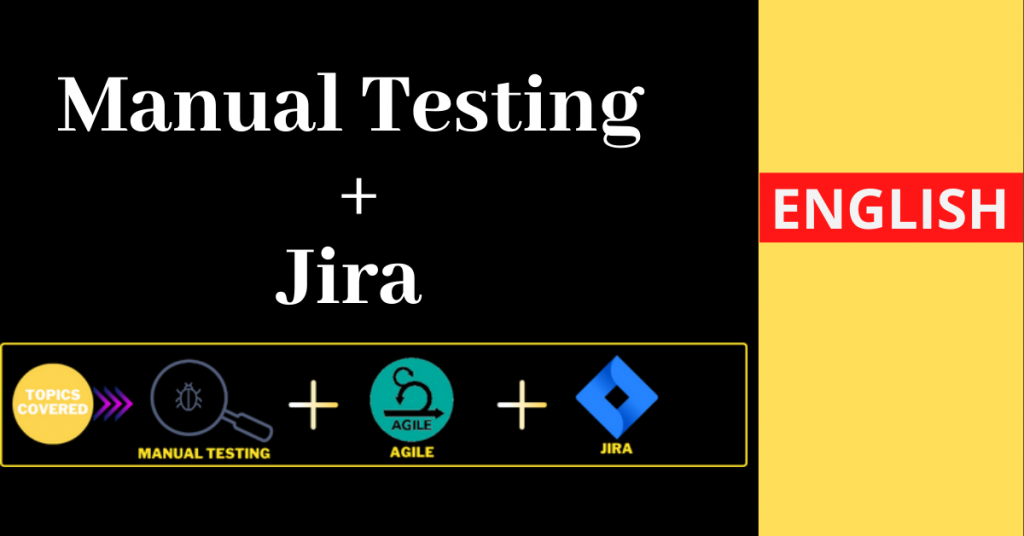Manual Testing Online Training
MANUAL TESTING ONLINE TRAINING
package or 2 courses (Manual + Jira Tool ) @ 70 USD / Rs 4499 Only


Training By Industry Expert
►All Faculties with us are well experienced and with working/worked professionals

Framework implementation
►Special Session On Frame Work Implementation
►Helps In gaining Real-time Experience
![]()
Tons of Ebooks and materials ![]() Mock Interviews By Experts
Mock Interviews By Experts
| Start Date | Time | Demo Registration |
| 10/03/2025 | 7.00 Pm IST | Registration |
| Table | Table |
Topics Covered:
- Complete Manual Testing
- JIRA
FEE: Normal : 150USD NOW @ 70 USD / Rs 4499 Limited Period
Note:If the above timings are not suitable or interested in one to one or weekend training please click here
Description
Best manual testing online training
The course covered: Manual concepts, JIRA
This course is designed for the students who want to make their career As manual testers
powered by All the life cycles which a product/project Will undergo during development and students will become familiar in Drafting test scenarios and test case
Objective:
This course is designed for NON-IT students, we have taken much care to start classes from scratch
80% of the people do come from non-it background to learn manual testing so classes had been planned accordingly
At the end of the course students will able to:
- Draft test cases and test scenarios,Test execution process,Idea on all life cycles
- Fundamentals of testing and knowledge in life cycle
- To work On Quality Center
Course Prerequisites: None Duration:10-15Hours
Module 1: Manual Testing
- Introduction to Software Testing
- What is software testing?
- Why is testing necessary?
- Principles of software testing
- Quality Assurance (QA) vs. Quality Control (QC)
- Role of a tester in the software development life cycle (SDLC)
- Software Development Life Cycle (SDLC)
- Waterfall Model
- Agile Methodology (Scrum, Kanban)
- V-Model (Verification and Validation)
- Incremental and Iterative Models
- Software Testing Life Cycle (STLC)
- Requirement analysis
- Test planning
- Test case design and development
- Test environment setup
- Test execution
- Test closure activities
- Types and Levels of Testing
- Unit Testing
- Integration Testing
- System Testing
- Acceptance Testing (UAT)
- Functional vs. Non-functional Testing
- Smoke and Sanity Testing
- Regression and Retesting
- Compatibility, Usability, and Performance Testing
- Test Case Design Techniques
- Static vs. Dynamic testing
- Black-box testing techniques
- Equivalence Partitioning
- Boundary Value Analysis
- Decision Table Testing
- White-box testing techniques
- Statement, Branch, and Path Coverage
- Exploratory and Ad-hoc Testing
- Defect Management & Bug Lifecycle
- What is a defect?
- Defect lifecycle (New → Assigned → Fixed → Retested → Closed)
- Severity vs. Priority
- Writing effective defect reports
- Defect tracking tools (JIRA)
- Agile Testing
- Agile Testing Manifesto
- Test-driven development (TDD)
- Scrum roles (Product Owner, Scrum Master, Development Team)
- Sprint Planning, Daily Stand-ups, Sprint Reviews, and Retrospectives
Module 2: JIRA with Zephyr Plugin
- Introduction to JIRA
- What is JIRA?
- Benefits of using JIRA for test management
- JIRA Boards and Workflows
- JIRA for Testers
- Creating user stories, epics, and tasks
- Logging and tracking defects
- JIRA workflows for defect management
- Introduction to Zephyr Plugin
- What is Zephyr?
- Installing Zephyr in JIRA
- Zephyr Test Management Capabilities
- Test Case Management in Zephyr
- Creating and organizing test cases
- Executing test cases in Zephyr
- Linking test cases to user stories
- Test Cycle Management
- Creating Test Cycles
- Test Execution Reports
- Integrating Zephyr with Automation Scripts
- Generating Reports & Dashboards
- Generating defect reports
- Custom dashboards in JIRA
- Analyzing test metrics in Zephyr
- ADVANCE QA PACKAGE
- SELENIUM WITH JAVA
- MANUAL + SELENIUM
- QTP/UFT TRAINING
- MANUAL TESTING
- APPIUM TESTING
In This scenario while performing operation on Application,Test engineer verify Actual Behavior of the system with Respect to Given Expected Results in Test case document





